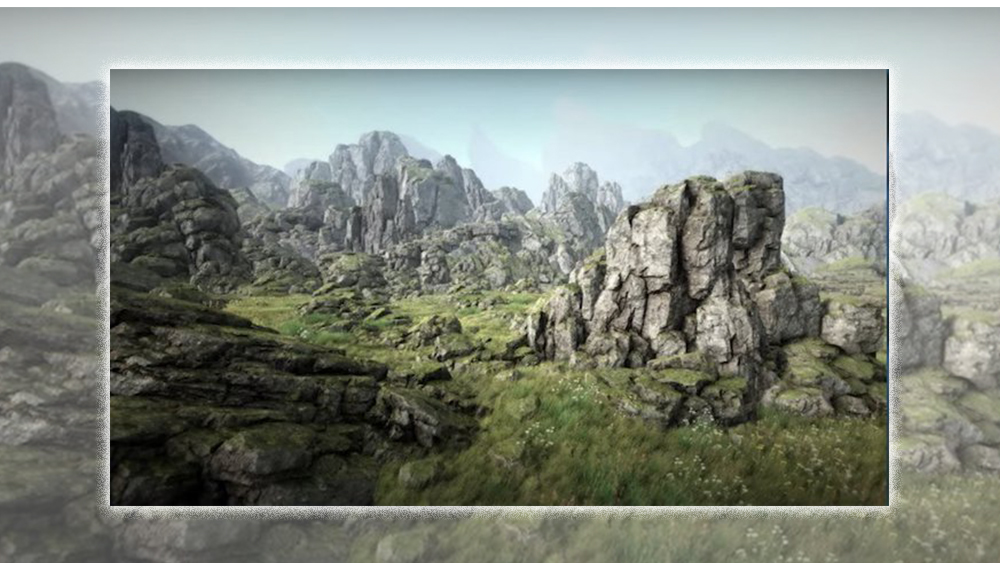
Many modern video games feature huge expansive worlds with varied landscapes. That requires a massive range of textures for things like rocks, walls and foliage. But how do the artists behind them create so much variety without having to draw them all by hand?
A Twitter thread has gone viral after revealing the secret: a technique that allows the textures to build themselves. It's blowing minds on the platform, and it's a good read for anyone interested in getting into game development (see our pick of the best PS5 games to see such worlds in action).
Ever wondered how game artists create so many textures for massive open worlds? How is it even possible to make so much variety so quickly?Well, there's a technique game artists use that allows textures to build themselves.Sounds too good to be true?Another chunky🧵 pic.twitter.com/ii53i5EXbBMay 16, 2023
Thomas @Stylized Station, who describes himself as 'the guy that explains how things work in video games', notes that creating the textures for video game landscapes individually by hand would take months of work. But video game artists have a technique that makes it much quicker: procedural texturing.
Procedural textures are 2D images generated using an algorithm that contains information on the nature of the material (colour, shine, bumpiness etc). Thomas notes that they can be reused in infinite ways, so that once you've created a procedural texture, you can change its parameters and modify it to create, say 200 different rocks in under a week using software like Substance Designer or Blender.
Artists can specify the colour, size, shape and frequency of bricks in a wall, for example, and the number of rows and columns of material. And it's a non-destructive workflow, allowing you to go back in the creation process and change parameters.
The thread's already picked up thousands of likes and retweets. "These threads are my new favorite thing on Twitter! Fascinating and always insightful," one person responded. "Love the insight and the context on how things are made," someone else commented.







